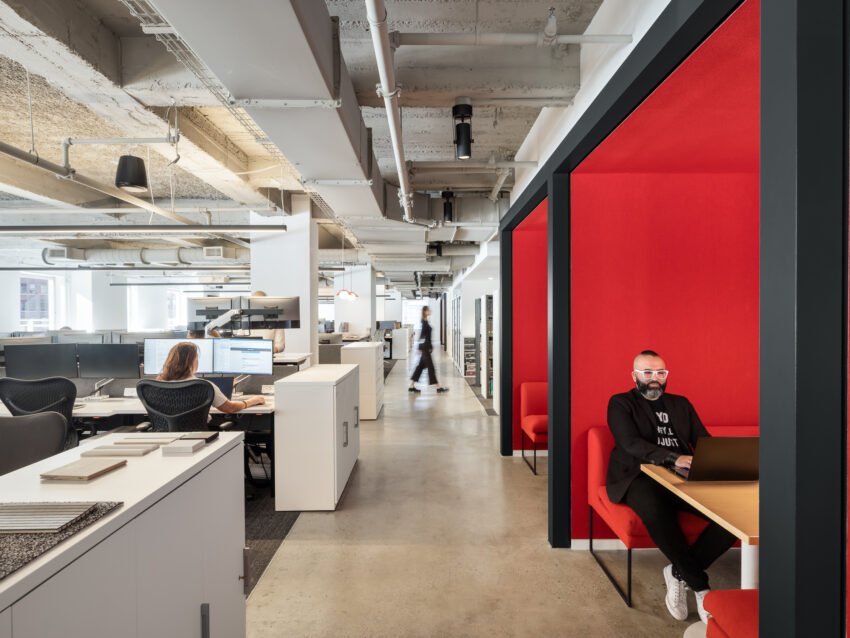Placemaking Matters More Than Ever for Offices. Here’s Why.
This article is written by Tom Vecchione for Commercial Observer.
New York City office space is being stress-tested by pandemic shock waves, remote employees, and unpredictable work patterns. It is clear that these challenges are daunting, but by no means eclipse the value of having a place to be together.
We believe in placemaking. As the nonprofit Project for Public Spaces has said: “Placemaking strengthens the connection between people and the places they share.” Placemaking facilitates creative patterns of use with a focus on social and cultural identities.
New York’s business community is activated by placemaking — by cross-connecting industries and intersecting lifestyle with workstyle. These interconnections foster vibrant ecosystems. Each micro-business district has its own sense of place defined by these connections.
And, now, through placemaking, property owners and business leaders are reimagining work environments to meet the current challenges. Experiencing a building goes well beyond tenants’ seats and meeting rooms. The physical environment shapes our teams and catalyzes a business’ culture.
In each neighborhood of the city, the art of building positioning is extremely fine-tuned and well-curated. Buildings are personal and each one requires an individual program and unique vibe. Like in the hospitality world, an iterative process of defining individual company and employee profiles creates a brand ethos for buildings. This process goes beyond achieving a slight competitive edge to creating true places of choice.
The commercial real estate industry’s repositioning efforts are nothing short of remarkable. We are designing executive clubs for boutique towers. We are anchoring properties with innovative recreation and fitness brands in retail spaces.
We are also redefining lobby experiences through a lens of service. We are green-scaping workplaces with winter gardens and terraces. We are creating gathering spots for hyper-flexibility and event customization. We are adding media and screening rooms for seamless connectivity.
Building by building, we are improving resilience for the future. The next generation of talent wants flexibility, but also knows the importance of face time. Offices are banks for building social capital and places for jumpstarting careers.
In my time guest lecturing at Cornell University this semester, teaching a cohort of global students, the magnetism of securing a job in New York City was palpable. Our class discussions naturally gravitated toward the future of the office, experiential retail prototypes, proactive buildings and sustainability, and development of next-gen mixed-use centers. With employers facing more challenges in attracting and retaining talent, there is power in having an urban presence.
News of the office’s demise has been exaggerated. Nowhere is that truer than in New York City, where each office is an economic resource. Companies recognize the importance of places that support personal and authentic connections between colleagues — places that encourage discussion, sharing of ideas, mentorship and sustained productivity.
Throughout New York City, property owners are reimagining office performance and capability. Buildings like One Madison Avenue, One Vanderbilt, 540 Madison Avenue, One Willoughby Square, and many others are taking an active approach toward offering an invitation back to work with curated amenities and thoughtful design.
A wave of creative transformation is washing over office portfolios. New York City and other urban hubs will continue to evolve in this interesting moment of transition. As people return to place, place must inspire people.
